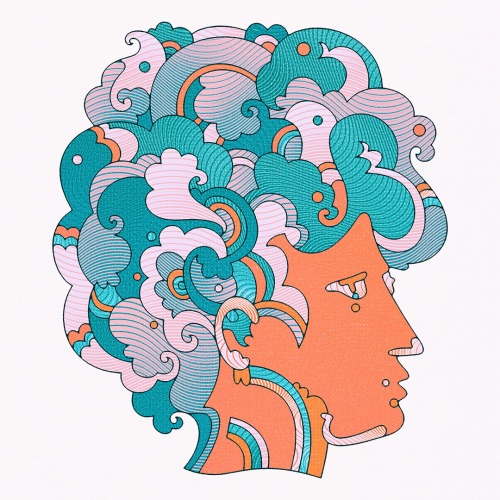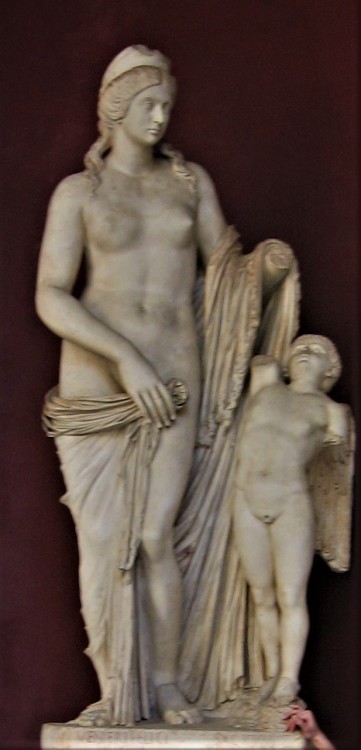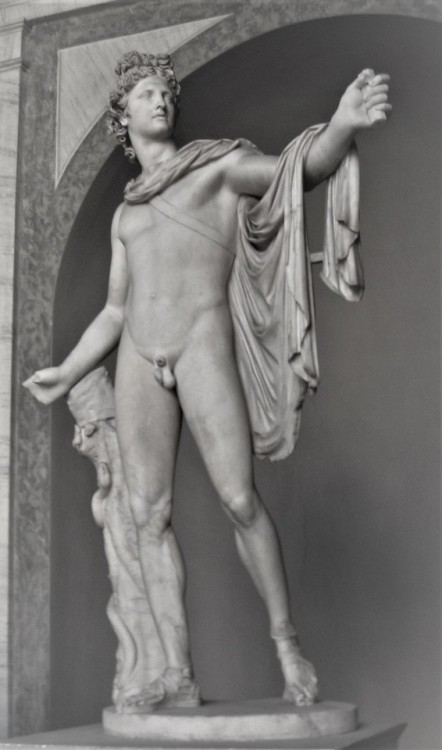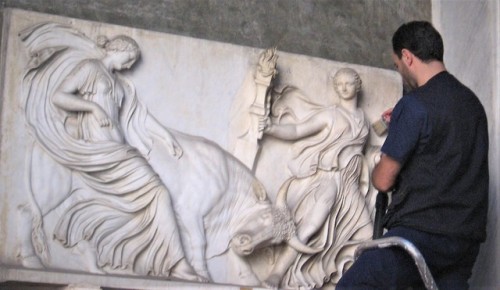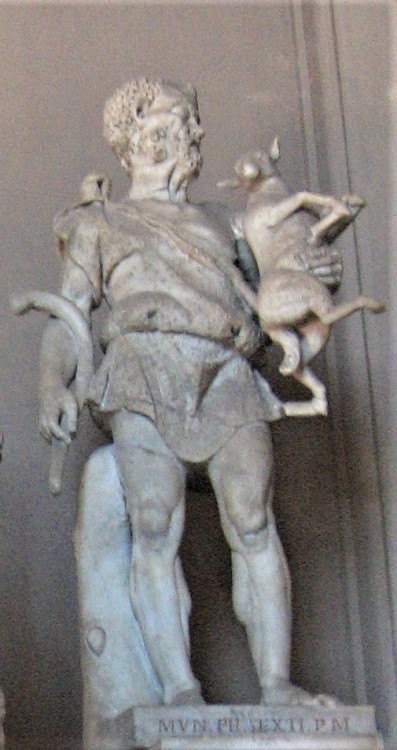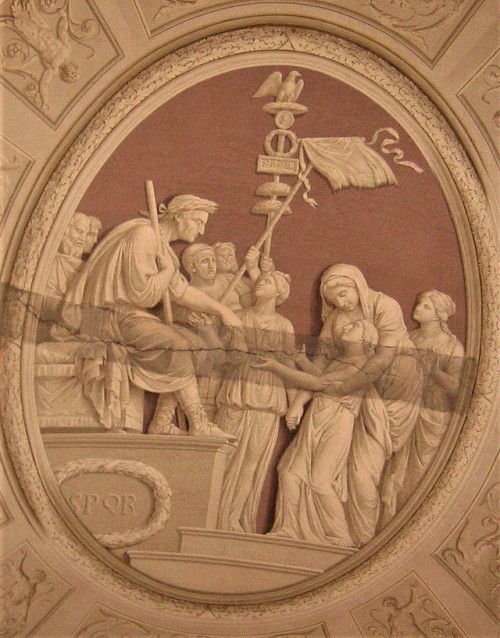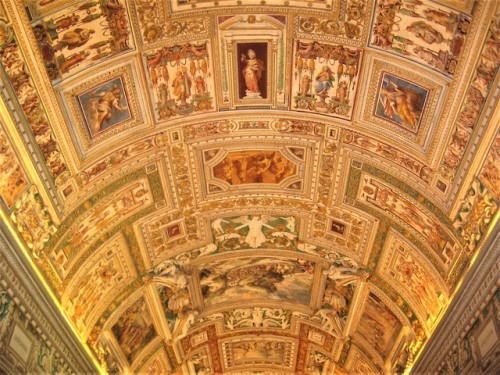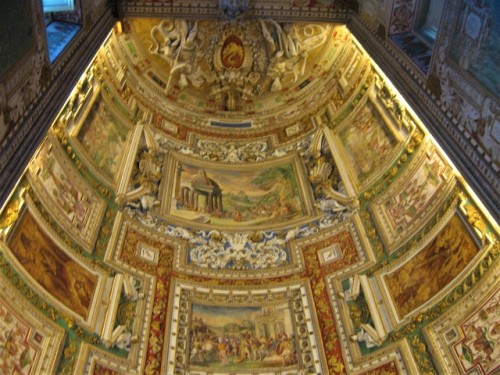#apollo belvedere
Detail of an antique photograph of the Apollo Belvedere, a 2nd century CE Roman marble copy of an original Greek bronze that would have dated to the 4th century BCE. The photograph was taken by Joseph Spithöver on March 8, 1867, according to a handwritten note on the back.
TheApollo Belvedere is currently located in the Vatican Museums, and this photograph is part of the collections of the J. Paul Getty Museum.
Post link
1. The Venus Felix is a sculpture of Venus and her son Cupid. It was dedicated by Sallustia and Helpidus to Venus Felix. Its head resembles Faustina the Younger. It is now held at the Museo Pio-Clementino of the Vatican Museums, Rome, and is displayed in the Octagon of the Hermes Hall.
3. Marble relief, produced by a neo-Attic workshop and dating back to the Roman Imperial Age, recovered in the XVIII century near Naples and subsequently acquired by the Vatican Museums. The relic shows two Maenads, followers of Dionysus, beside a bull, which probably represents one of the various manifestations of the god himself. Dionysus was often called with the epithet of Eiraphiótes, a term of obscure meaning. It seems, however, that it could be referred to an animal form of the god and related to an Indo-European root, common to the Sanskrit rsabhá (“bull”), assuming in this way the meaning of “god who reveals himself in the aspect of a bull”
Post link

